“Artificial Intelligence: Programming the Future, Today!”
Artificial intelligence (IA) is a branch of computer science that focuses on creating systems capable of performing tasks that normally require human intelligence.
This includes learning and adaptation, voice recognition, strategic planning, reasoning, perception and language skills. The AI works through machine learning algorithms and models, which allow systems to learn from data, identify standards and make decisions with minimal human intervention.
AI can be divided into two main types: A weak AI, which is designed to perform a specific task, such as voice assistants, and strong AI, which is a system with human cognitive abilities. When presented to an unknown task, a strong AI system is able to find a solution without human intervention.
The Machine's Cross Science: A Deep View of How Artificial Intelligence Works
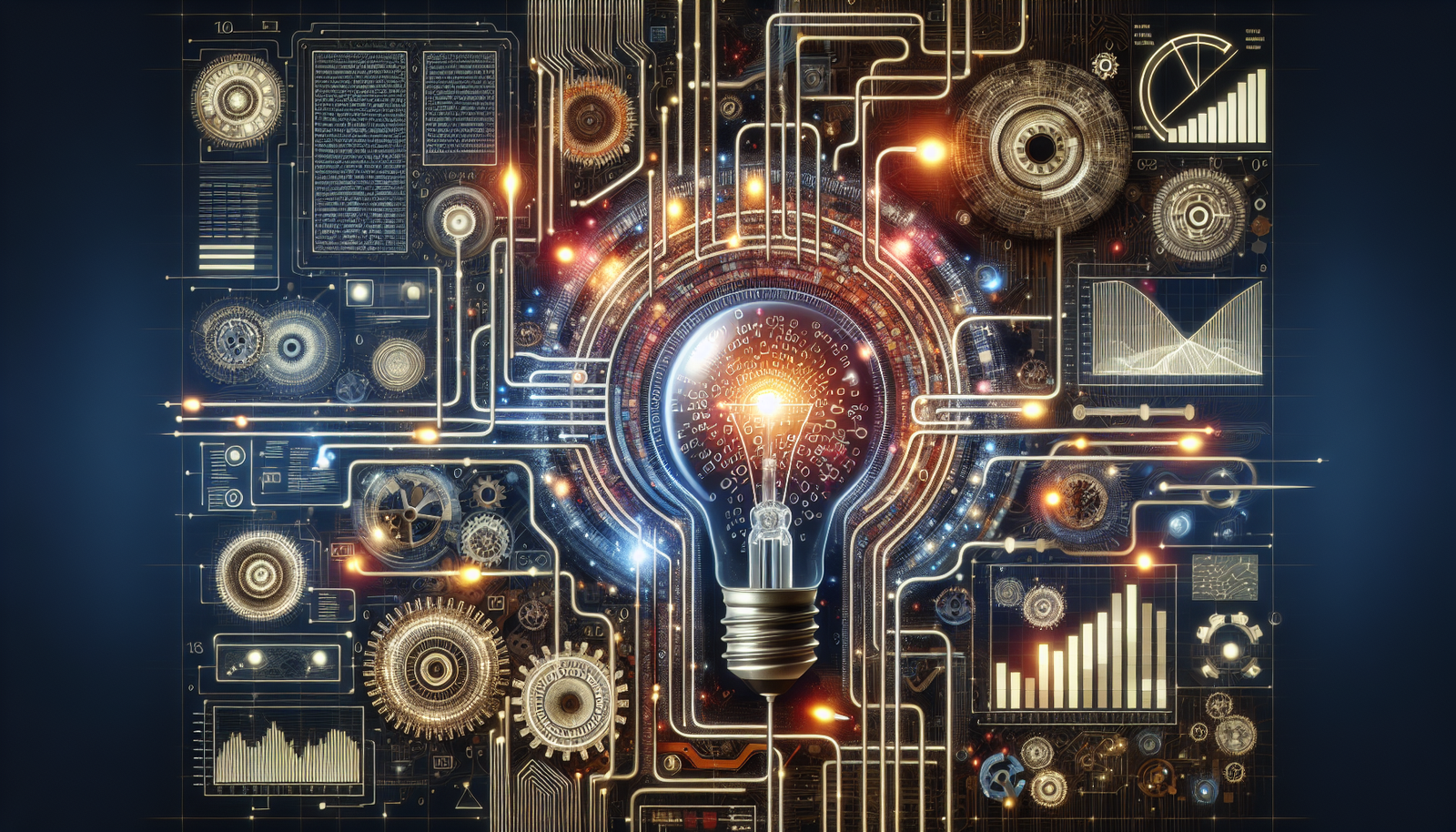
Artificial intelligence (IA) has been a prominent theme in many recent discussions, both in the academic and business world.
AI is a technology that allows machines to learn from experience, adjust to new inputs and perform tasks that would normally require human intervention. But how exactly does this technology work? We will dive deeply into the science behind the machine to understand better.
The AI operates through a process called machine learning, which is essentially the practice of using algorithms to analyze data, learn from them and then make a determination or prediction about something in the world.
Instead of manually programming specific software rules to perform a task, the machine is “trained” using large amounts of data and algorithms that allow you to learn how to perform the task.
A subset of machine learning is deep learning. Here, artificial neural networks with multiple hidden layers allow the machine to learn with large amounts of data.
Although a neural network can learn from data that is not labeled, learning is much faster when data is labeled. The neural networks are modeled from the human brain and are used to model complex relationships between inputs and outputs, to find patterns in the data.
The AI also uses a technique called natural language processing (PLN), which allows machines to understand and respond to human language.
PLN uses algorithms to identify and extract natural grammatical rules so that the machine can understand and respond to human language inputs. PLN is the technology behind virtual assistants such as Siri and Alexa.
AI is also being used to develop computer vision systems. These systems allow machines to “see” and interpret the visual world around them.
The computational vision is used in a variety of applications, from autonomous cars that need to “see” the surrounding environment, to facial recognition systems used to identify individuals.
However, despite all the progress made in AI, we are still far from having machines that can really “think” like humans.
The current AI is known as narrow or weak AI, which means it is designed to perform a specific task, such as voice or image recognition. The general or strong AI, which is an AI with complete human cognitive abilities, is still many years away.
AI has the potential to transform many aspects of our lives, from how we work to how we move. However, it also raises important issues about privacy, security and ethics. As we continue to explore and develop this technology, it is crucial that we also consider these issues.
In short, artificial intelligence works through the use of algorithms and techniques such as machine learning, deep learning, natural language processing and computer vision.
Although we are still far from having machines that can think as humans, AI is already transforming many aspects of our lives and has the potential to do much more in the future.
Questions and answers
How does AI work?
A Artificial intelligence works through algorithms and machine learning models that allow computer systems to perform tasks that would normally require human intelligence.
This includes voice recognition, learning, planning and troubleshooting. AI can be trained to recognize patterns, learn from experiences, and make predictions or decisions based on the data it receives.
A Artificial intelligence works through machine learning algorithms and techniques that allow computer systems to simulate human reasoning.
She is able to learn from experience, adjust to new entries and perform tasks that normally require human intervention.
AI can be programmed to perform specific tasks such as voice or image recognition, or can be applied to a variety of applications, from the analysis of large volumes of data to the conduct of autonomous vehicles.





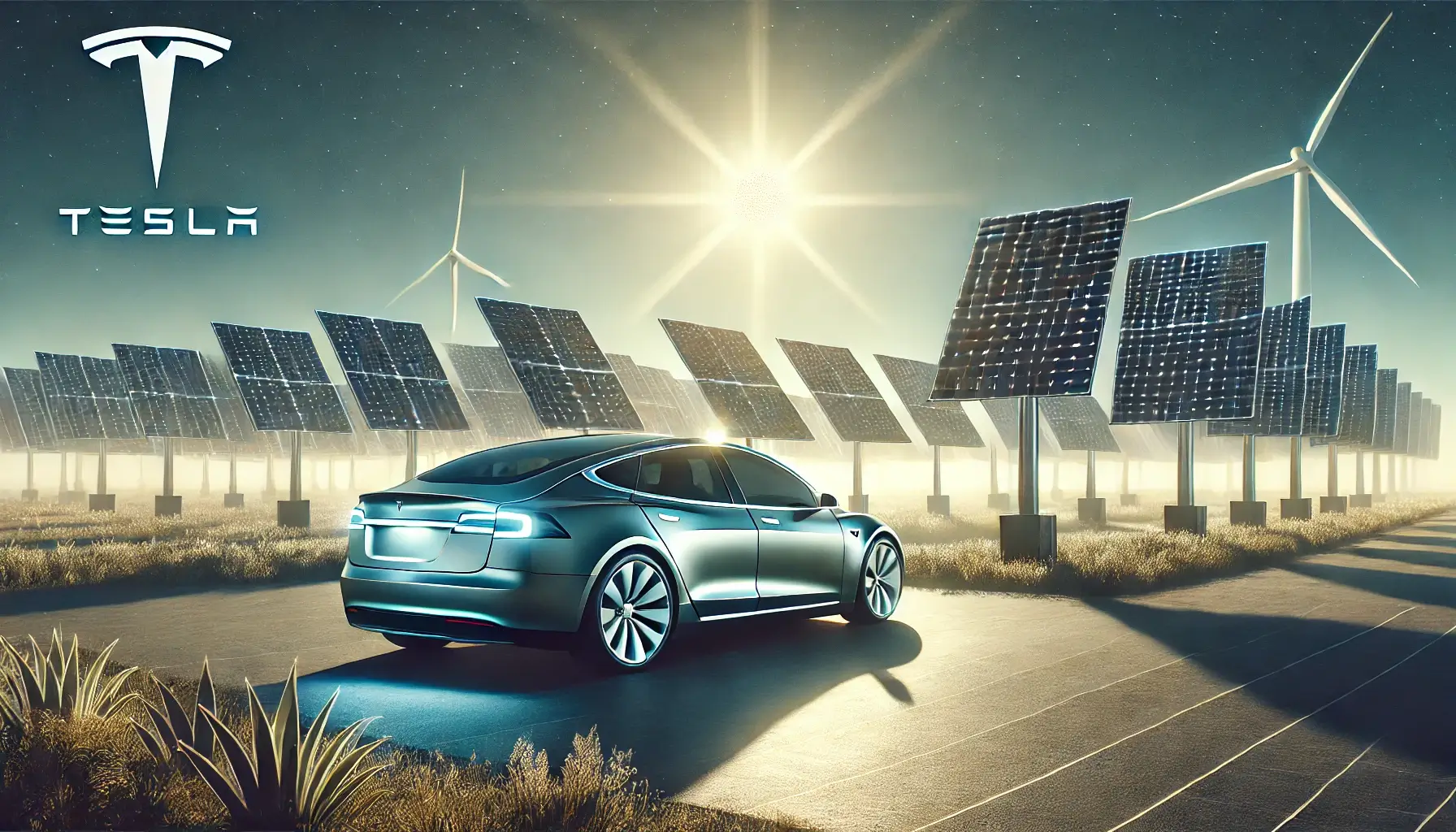
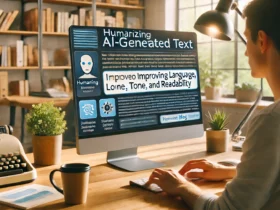
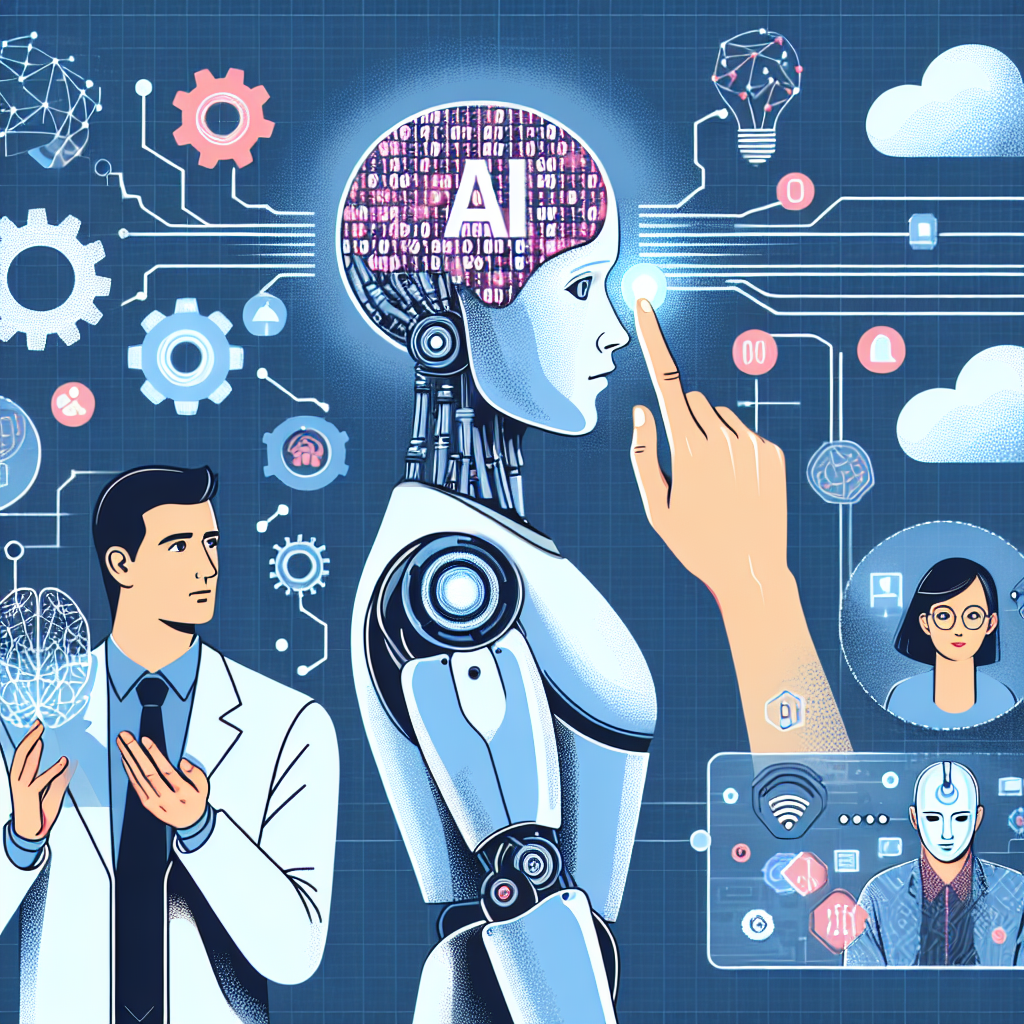

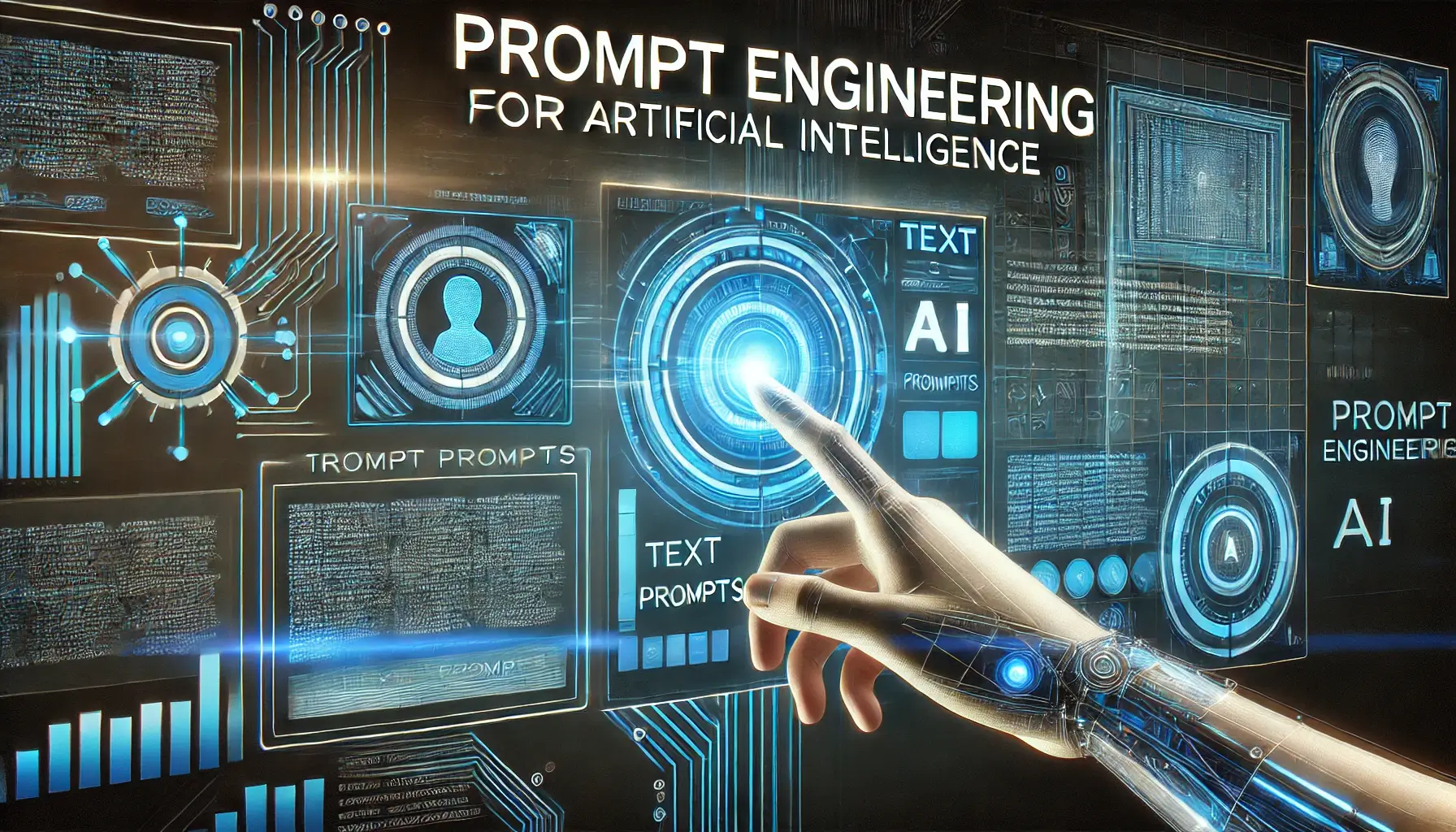
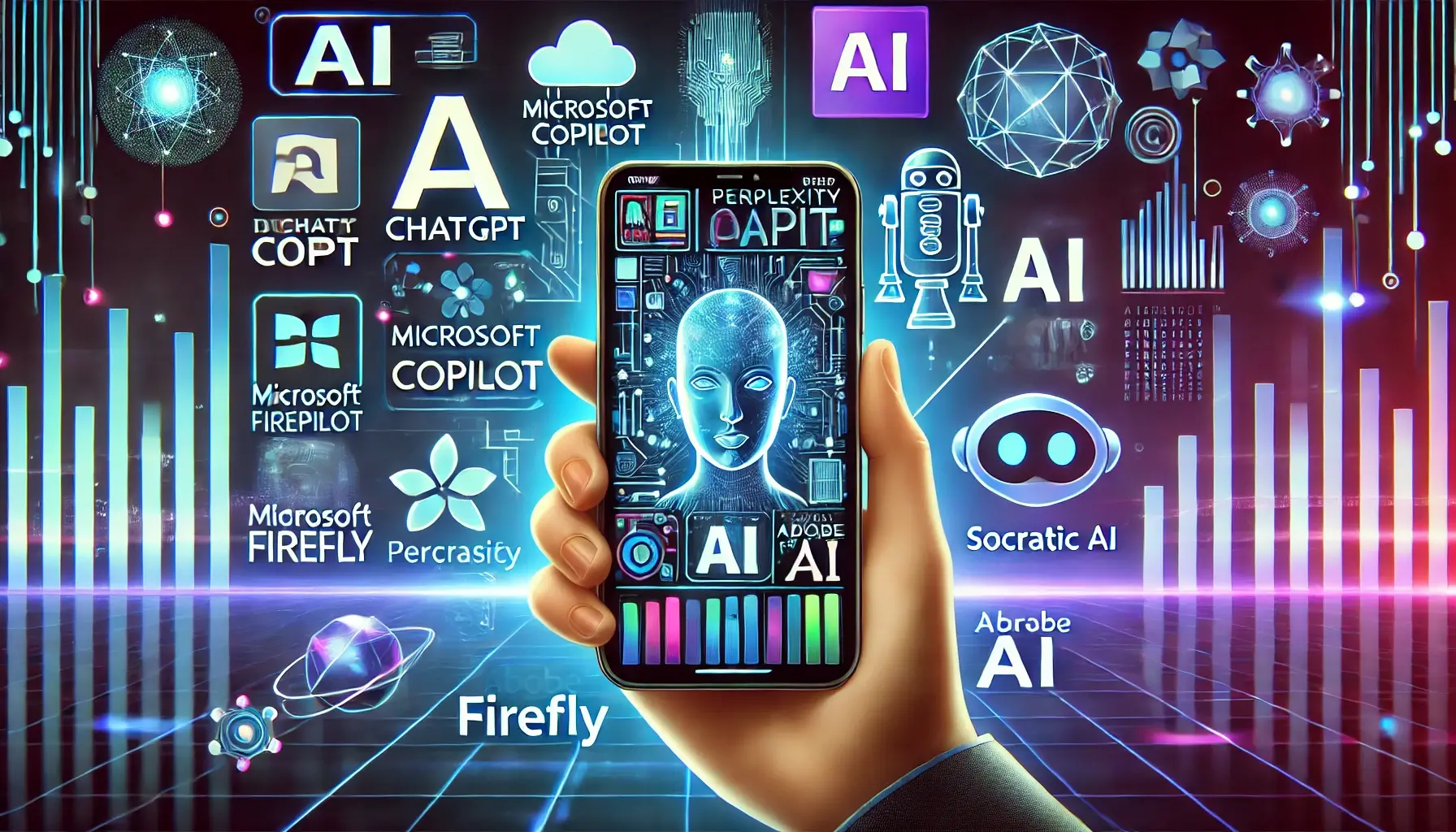
Leave a Review